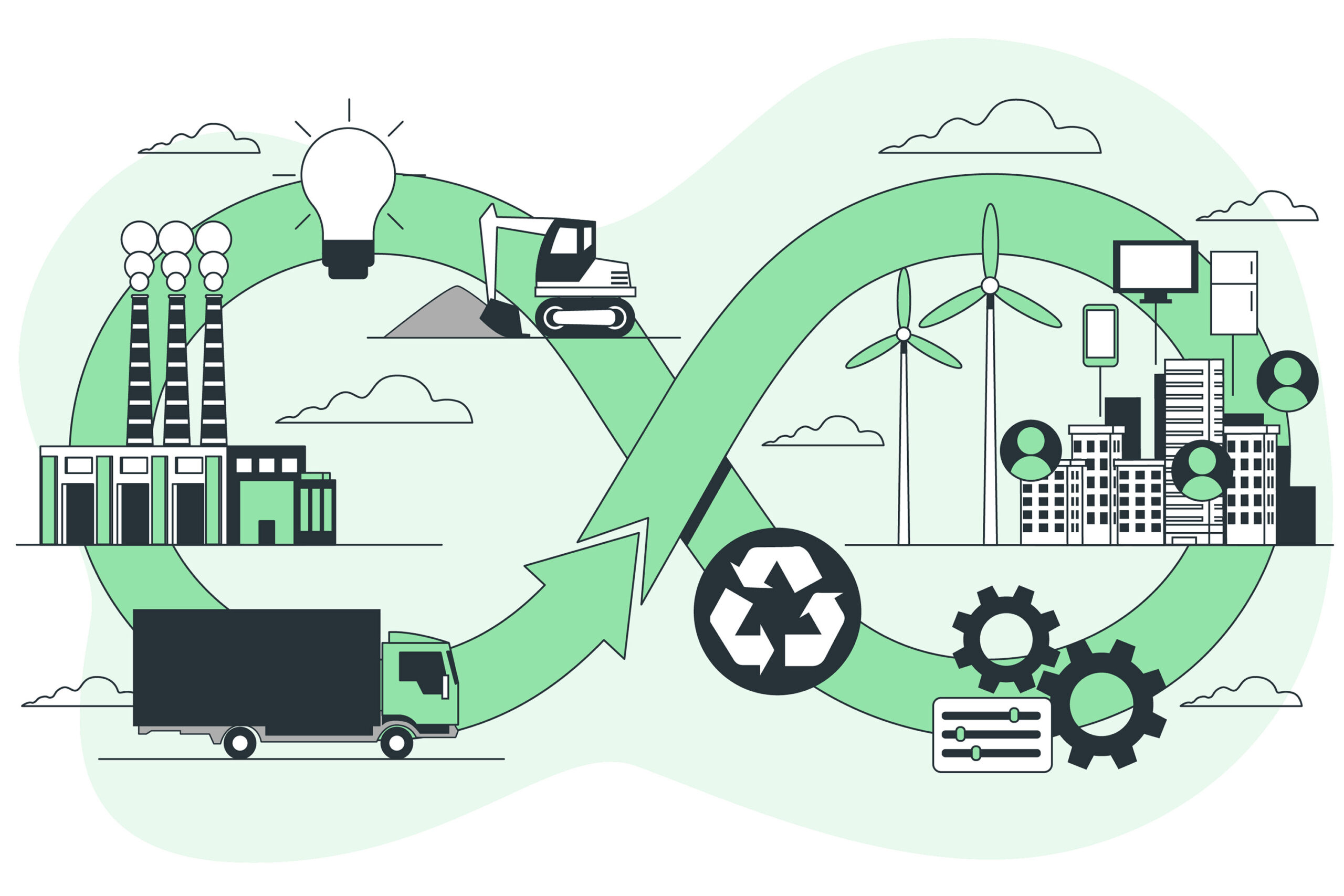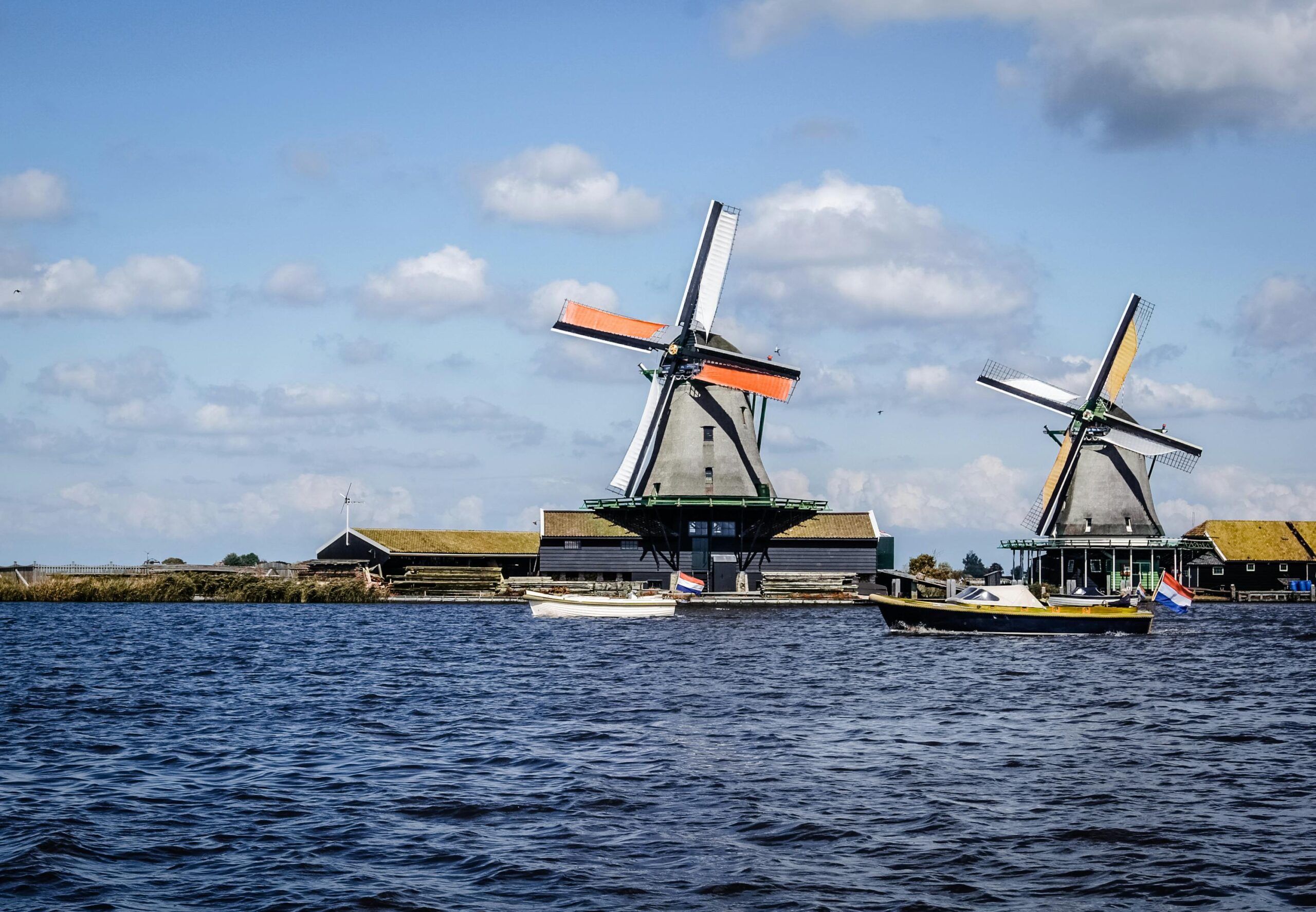New technology is making it easier than ever for manufacturers to save energy and cut emissions. Here are five key technologies that can boost sustainability and profitability, aligning with SDG 7 (Clean Energy) and SDG 13 (Climate Action).
1. LED Lighting & Smart Controls
The Problem: Many factory floors still use old, inefficient lighting, wasting energy.
The Solution:
- Switching to LED lighting cuts power use by 50% or more.
- Adding smart controls (motion sensors, timers) ensures lights turn off when not needed.
Quick payback & easy savings: Lower energy bills and reduced carbon emissions with minimal investment.
2. High-Efficiency Motors & Drives
The Problem: Motors drive most factory operations—and they consume massive amounts of electricity.
The Solution:
- Upgrade to energy-efficient motors that use less power for the same output.
- Use Variable Frequency Drives (VFDs) to adjust motor speed based on demand, preventing unnecessary energy use.
Efficiency boost: Less wasted energy, lower costs, and longer motor lifespan.
3. Compressed Air Optimization
The Problem: Compressed air systems are one of the biggest energy drains in manufacturing— and leaks waste even more.
The Solution:
- Use leak detection tools to find and fix air leaks.
- Optimize compressor controls by:
- Installing storage tanks to smooth out demand.
- Using VFD-driven compressors to match supply with real-time usage.
Big savings potential: Fixing leaks alone can cut compressed air energy costs by up to 30%.
4. Waste Heat Recovery
The Problem: Heat from ovens, furnaces, and dryers is often wasted, escaping into the air.
The Solution:
- Capture and reuse waste heat to:
- Preheat materials, reducing energy needs.
- Heat factory buildings, lowering heating costs.
- Generate electricity for additional savings.
Efficiency boost: Using heat twice instead of letting it go to waste reduces both energy bills and emissions.
5. IoT Energy Monitoring & Automation
The Problem: Many factories lack real-time visibility into energy use, making it difficult to optimize consumption.
The Solution:
- Install IoT sensors on equipment to monitor real-time energy consumption.
- Use AI-driven automation to:
- Turn off idle machines automatically.
- Stagger equipment start-ups to avoid expensive peak loads.
Smarter decisions: Data-driven energy management leads to continuous improvements and bigger savings.
The Bottom Line: A Win-Win for Business & the Planet
By adopting even a few of these technologies, factories can:
- Reduce energy consumption
- Lower electricity costs
- Cut carbon emissions
Investing in energy efficiency is not just good for sustainability—it’s a smart business move.











Leave a Reply